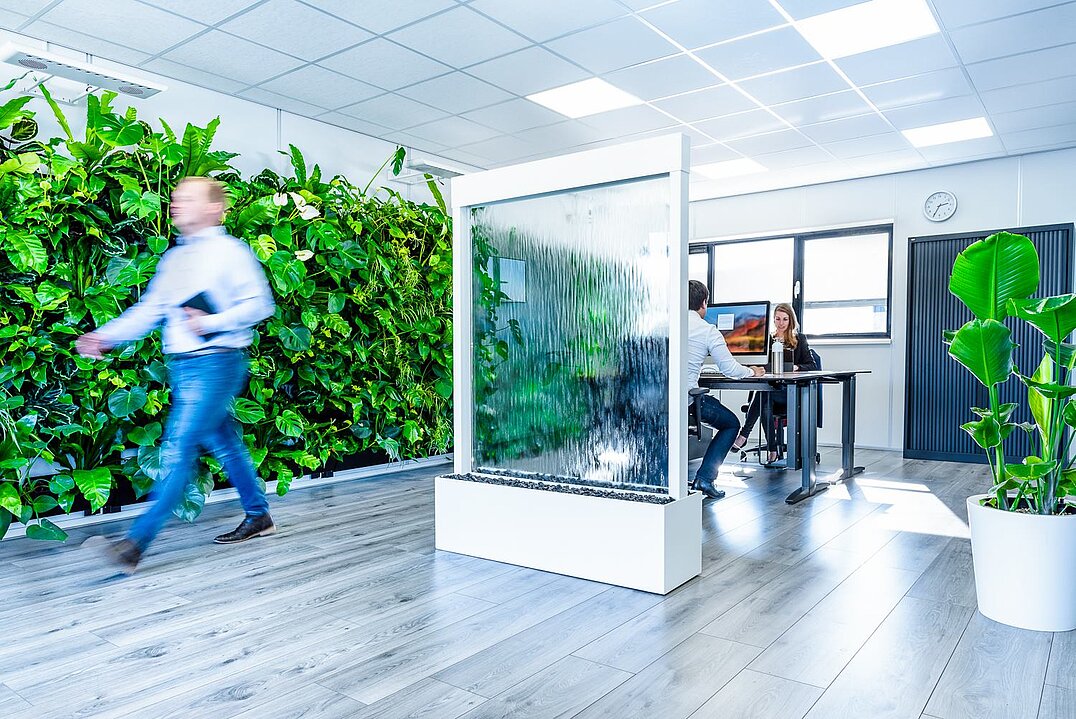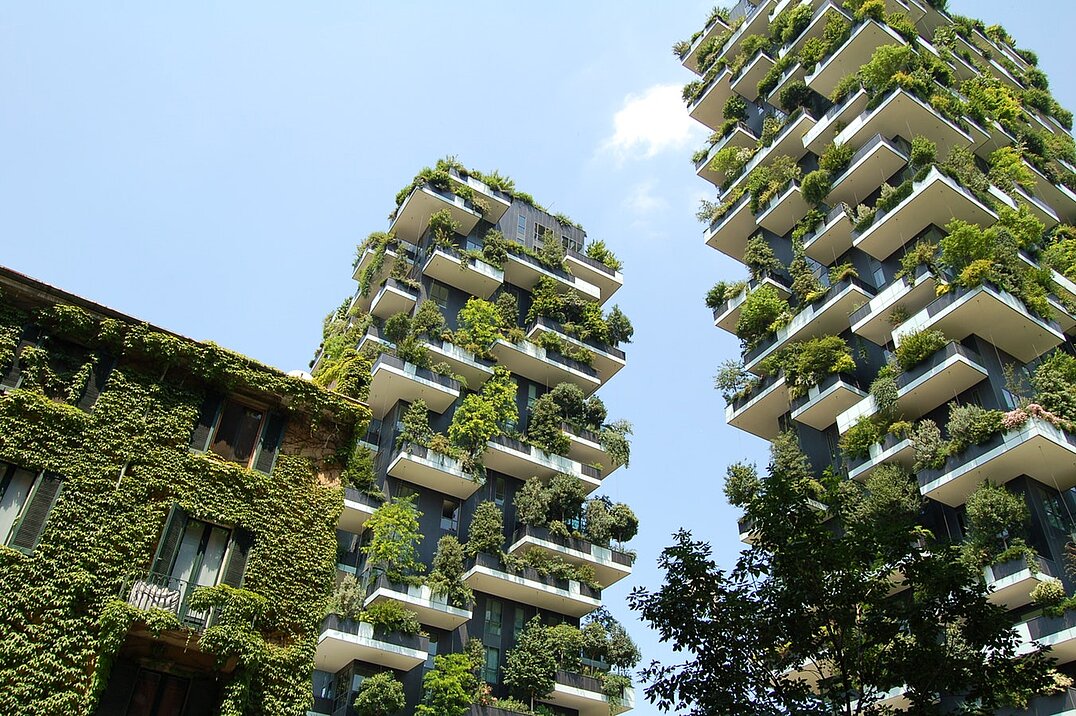How nanotech can make buildings smarter
They must first be made "aware" so they solve their own problems.
VSPARTICLE spoke to Tom Koenderman of Cloud Garden, a company at the forefront of sustainable building solutions.
One of VSPARTICLE’s biggest technology goals is to help make the world a more sustainable and environmentally friendly place. This week we talked to Tom Koenderman who is one of the founders of Cloud Garden, a business devised around making buildings smarter and healthier for both the people in them and the environment around them. VSPARTICLE’s nanotechnology can help companies like Cloud Garden find even better solutions for smart building sensors.
Tom Koenderman has a background in biology and business economics. The idea for Cloud Garden came while he was working on a thesis about air remediation (the air filtering capacity of plants).
“I’d like to think that when I am gone, I have left something behind to help the earth — not harm it.”

HOW DOES CLOUD GARDEN MAKE HOMES AND OTHER BUILDINGS, SMARTER?
In order to make buildings smarter, they must first be made ‘aware’. This doesn't imply that buildings think, but rather that a building should be able to solve its own problems. That means where the problems exist, conditions can change. With Cloud Garden we have made a three phase plan about how we can create ‘cognitive buildings’. For new buildings that means constructing them in a way that is smart and for legacy buildings it means reconstruction.
We follow the mantra of: register/measure, optimize, supplement. Or rather measure the current, optimize the old, supplement the new. We do this by adding sensors to a building (these can be integrated or mounted anywhere in the building). These sensors have been developed to create a data cluster that we then need to analyze for patterns of interest. We have a lot of knowledge about this data, but one of the basic things we do is register how much influence outside conditions have on the inside conditions, and what causes this. Often, the fact that a building is not sentient enough to know when to do what, creates energy inefficiency but also adverse indoor climate conditions that negatively impact people.
Secondly, we can integrate this data, into the old mainframe without changing it. In a sense all we have to do on-site is operate a smart on/off switch in a language the building understands. The process of calculating WHEN this occurs can be done off-site, in the Cloud, with algorithms that become better and better at predicting what should be done.
Lastly, it will quickly become apparent where and when, the current building protocols aren't pulling their weight and where they need assistance. Up until this point we haven't changed a bit in the old mainframe. We look at what conditions need some help and we add small decentralized solutions that combat the specific problems locally. This allows for more dynamic control, but also for the smallest investment needed to revitalize a building. Two systems that we use effectively are plant walls and water walls. Next to integrating biophilia these systems can be very efficient at remediating adverse climate conditions.

WHAT DOES A SMART BUILDING DO FOR THE ENVIRONMENT?
This is an interesting question because you would have to define environment. Up until now we calculated that you can save anywhere between 10-30% on the energy bill of a building’s climate systems by simply operating them in a smarter way. You save energy, while increasing the livability of buildings. When you look at the cost structure of big multinationals, 90% of the costs are human capital.
There is nothing better than investments that improve energy bills in buildings while also having a positive influence on the people in them.
HOW CAN NANOTECHNOLOGY HELP COMPANIES LIKE CLOUD GARDEN BECOME EVEN MORE ENVIRONMENTALLY FRIENDLY?
Nanotech is at the forefront of our capabilities at the moment. The biggest negative impact we have on the environment right now is the energy we use to run algorithms and to power sensors. Nano, technically, will be directly responsible for reducing that footprint by allowing: low energy sensor components, and more powerful microprocessors, which will provide a lot more, for a lot less. It will also allow us to create more depth in the data. It has the potential to make entirely new sensors possible based on new materials, which will allow a higher-level of sensing to occur, for example, with gasses and that will allow for better decisions to be made about what goes into the environment on both small scale, within homes, and larger scale, within factories, for example.
LOOKING AHEAD TO THE FUTURE, HOW DO YOU ENVISION THE SMART HOME OF THE FUTURE?
I would like to see all buildings being sentient, before 2030. More specifically, I want buildings to be aware of the conditions they should “defend" against. If you look at the human body, no matter what the weather is like, it will remain at a constant. Buildings should also be able to make different choices in cold or warm weather, for instance. Technically and financially there shouldn't be a single reason why this is not feasible in a short period of time. It's more of an awareness and a compliance issue. Once the hardware is installed, software can become better and better at helping a building and its inhabitants to make the right decisions. I think one way to achieve this is to make the hardware as scalable, robust and affordable as possible.
WHAT ARE THE MOST BALIABLE LESSONS YOU'VE LEARNED ABOUT WORKING IN THE SUSTAINABILITY INDUSTRY AS A STARTUP OVER THE LAST FEW YEARS?
Often we talk about the technical side of sustainability, but in a sense, it's more of a paradigm shift in the social sense. Old business models will have to be replaced not just by new ones, but by better ones. I think once people realize that there is a lot of legacy in the market and that disruption has to occur in both a financial and a social sense, we will make a lot more progress.
Comments
No Comments